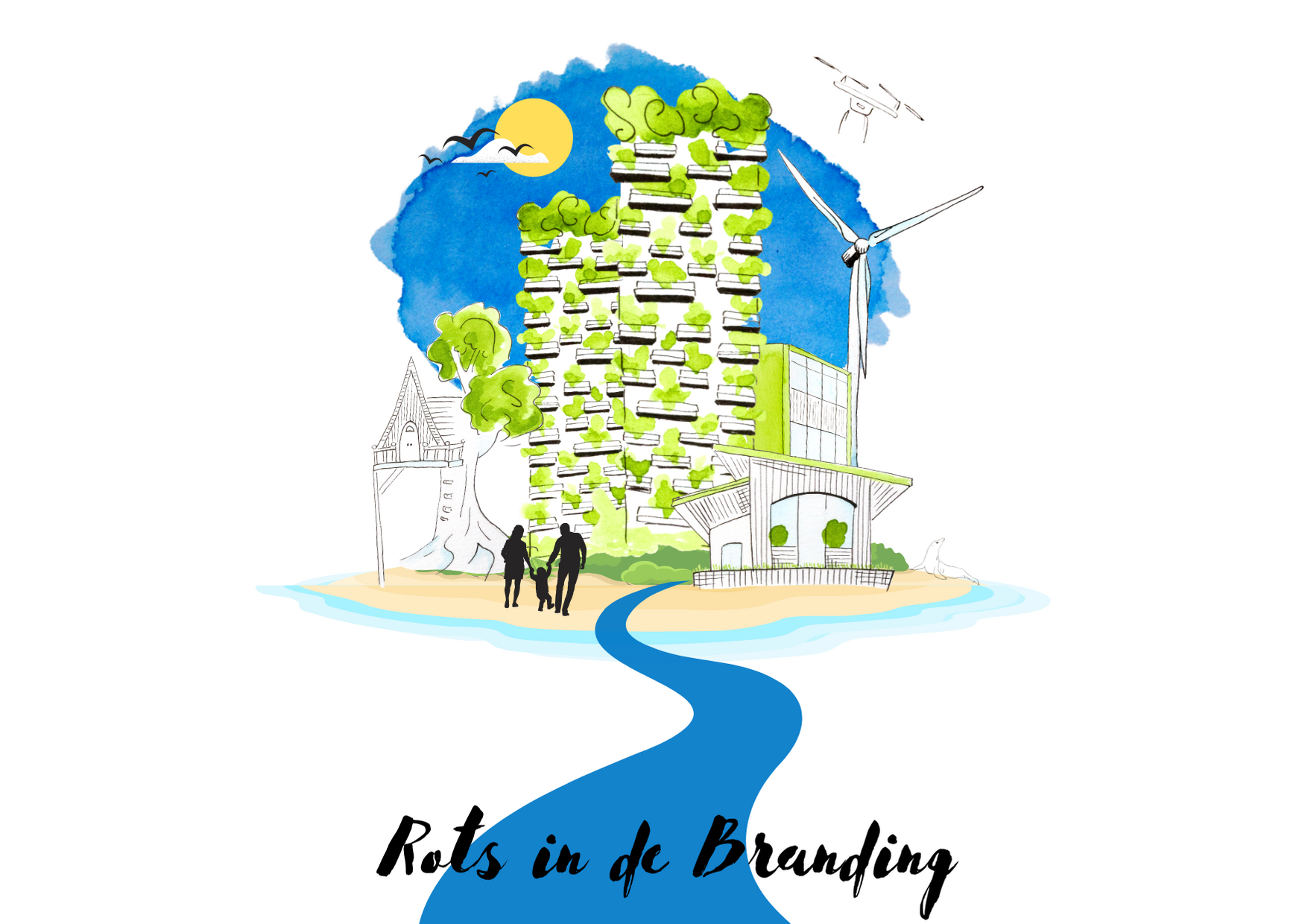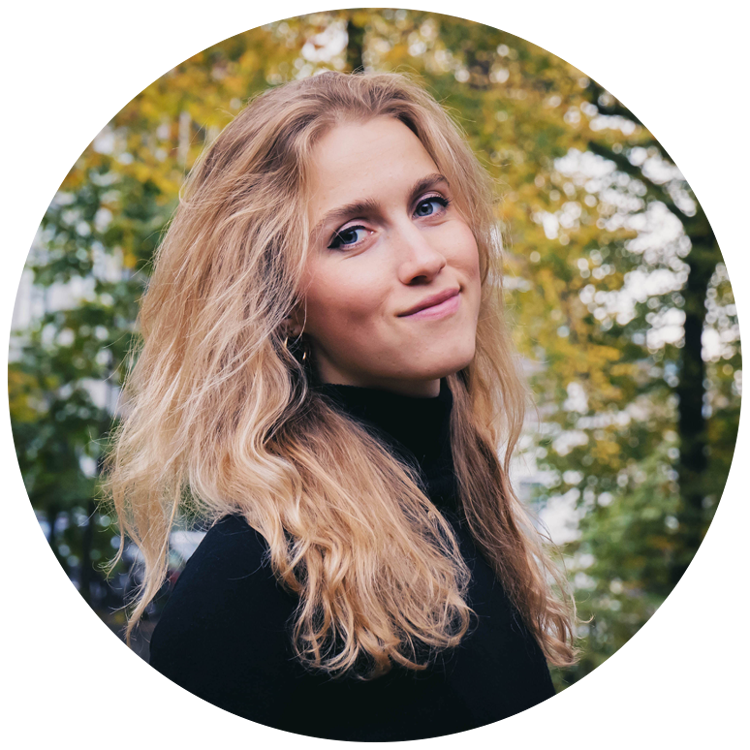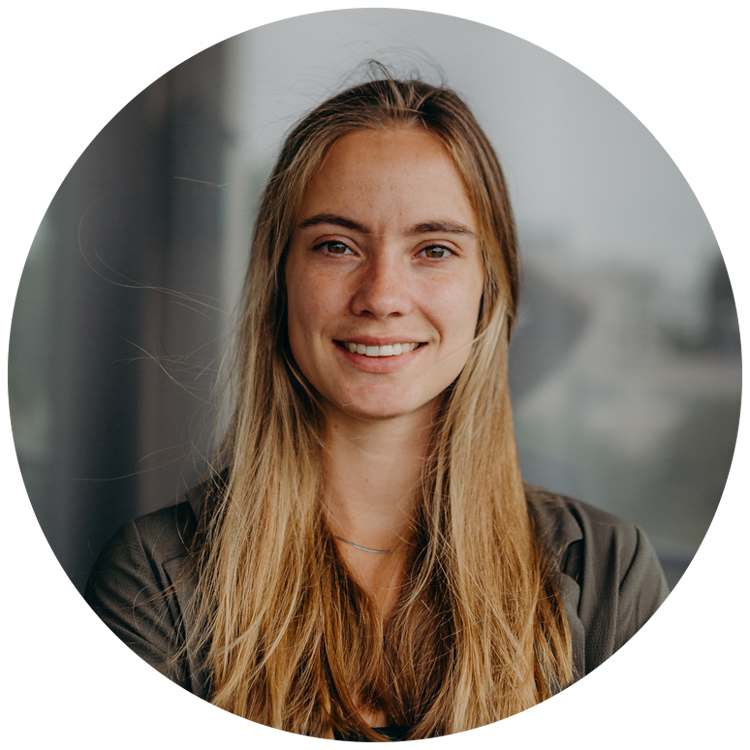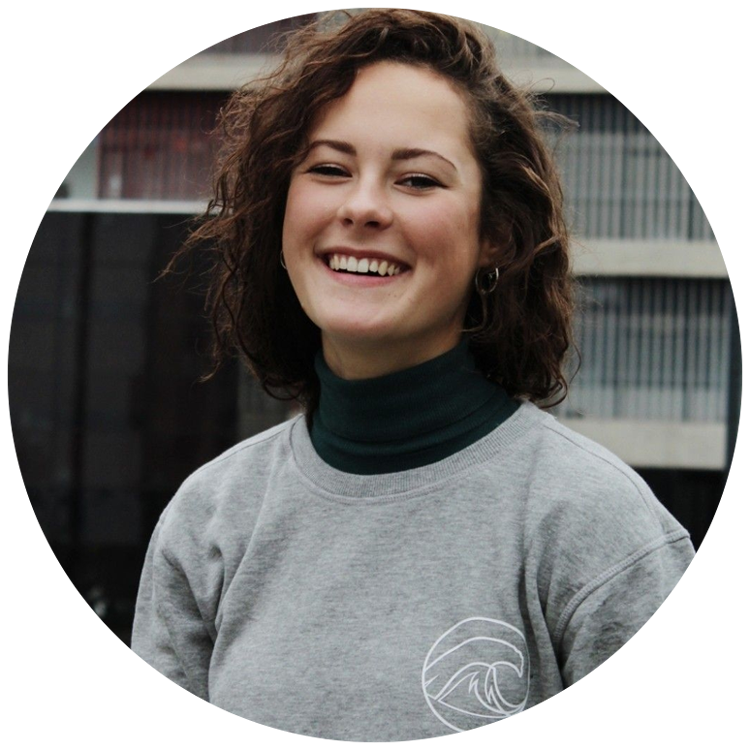The project ‘Rots in de branding' translated ‘Rock in the waves’ is a failed national project that broke the Dutch pride. At their time perceived as the solution to protect the Netherlands, the three man-made islands outside the coast of the Randstad failed to protect during flood Mia. This failure marked the turning point in the Dutch relationship with water, thereby affecting, among other things, the Dutch water management strategies.
The project ‘Rots in de branding' translated ‘Rock in the waves’ is a failed national project that broke the Dutch pride. At their time perceived as the solution to protect the Netherlands, the three man-made islands outside the coast of the Randstad failed to protect during flood Mia. This failure marked the turning point in the Dutch relationship with water, thereby affecting, among other things, the Dutch water management strategies.
The project ‘Rots in de branding' translated ‘Rock in the waves’ is a failed national project that broke the Dutch pride. At their time perceived as the solution to protect the Netherlands, the three man-made islands outside the coast of the Randstad failed to protect during flood Mia. This failure marked the turning point in the Dutch relationship with water, thereby affecting, among other things, the Dutch water management strategies.
Diary entry of Jouke de Vries Dike Monitoring Assistant Rijkswaterstaat Friesland
Diary entry: 1487 Date: September 23, 2039
I cannot even describe what happened in the past days. Two days ago, I stood up from my bed and now it is all gone. It started as a regular day at work, but it all changed when we saw the flood happening. It was one of the worst storm surges we have experienced. “This is a Code Red, level three flooding”. I can still hear the system say it calmly over the speakers. Every time I close my eyes, I hear the panic in the control room, the running, the screaming and the crying. I was frozen and the only thing that I could think was “how could this happen?”. Now I am sitting here in the emergency shelter. People are busy with searching for missed loved ones. On the big tv screen I see images of the whole province where big parts are flooded. I see that my house is no more. But I also see and hear hope. Mis Flo van Nieuwenhuizen is on the TV. She tells me there is hope. “We can protect our country from future flooding. We can build islands. We must protect the Randstad at all costs”. For me it is too late, but I have hope for the future, hope in the islands.
Jouke de Vries
The Birth of the Islands
From 2020 to 2040 the Dutch water strategy mainly focused on protecting the land from the sea by building and strengthening higher and higher coastal dikes. After Flood Eloise in 2039, the Department of Finance conducted a comprehensive cost-benefit analysis; protecting the entire coastline proved to not be economically cost-beneficial. Rather, the idea of the islands was born as a way to protect the economic centre of the country, at the same time strengthening the reputation of the Dutch as water masters.
Successfully communicated and presented as the solution to an economically prospering future, the idea of the islands soon captivated the nation. Presenting a light on the horizon for many people after the Third World War, the plan was realized. In the new plan some land became sea, and vice versa. The province of Friesland was transformed into coastal wetlands since most of the land was traditionally used for agriculture and its population was decreasing. The Randstad, including the cities of Amsterdam, Utrecht, Rotterdam and The Hague, was to be protected "at all costs", as declared by Flo van Nieuwenhuizen, Dutch minister of Infrastructure and Water Management and acting Minister of Economic Affairs in 2039. The Randstad was protected by the construction of the three islands in the North Sea that became known as ‘Rock in the Sea’.
Van Nieuwenhuizen's vision was realized with the knowledge and experience of Rijkswaterstaat, the Ministry of Infrastructure and Water Management, the Ministry of the Environment, universities, and van Dam water management, the main contractor.

The suburban island Utopia
The Rock in the waves was marketed as a new lifestyle through heavy marketing campaigns. It was seen as the new future of suburban living for those who could afford it. Sold as the one and only way to keep the Dutch feet dry as well as solving the pressure on the housing market (two birds, one stone!), the new inhabitants felt proud to live in the flagship project - it was everything they hoped for. The newly raised islands rapidly became a popular living area for young families who had fled from the densely populated Randstad or the Frisian wetlands. The area was highly attractive since it provided a safe and ultra-sustainable living environment for more than 100.000 households.
The islands had been planned to be inclusive, but unexpected costs made the houses only affordable for middle-and high-income households. Green flats inspired by Bosco Verticale provided shared living for privileged students and middle-class households. Young families moved in coastal villa’s, where shared gardens turned into beautiful playgrounds for the kids. - It all looked like the perfect suburban utopia.
The Apocalypse of hope
However, the security of living on and behind the islands was not long lived. In 2065, heavy north-westerly winds in combination with spring tide and high sea levels resulted in Flood Mia. The flood swept away a large part of the islands, the Randstad and a large part of the Netherlands. As in 1953, the Dutch had lost the battle against the sea. It was a moment of sorrow when people had to leave their homes once again. After all, the hope for a better future was shattered. The islands failed to protect against the water.
Flowing with Water
The message was clear: fighting the water simply did not do the trick anymore. Instead of seeing nature as an external threat that needed to be controlled, we realized the opportunity to study and learn from it. The story of the ‘Rock in the Waves’ taught how important it is to collaborate with nature, following its flow. It showed the Dutch that humans cannot stop the water from taking back its territory. However, moving with it, we can study its patterns and create a new vision of living with nature.
Looking back at it now, the islands marked are an important turning point in the Dutch relationship with water. It served as a fundamental lesson in our relation to nature. We learned that we couldn't keep protecting at all costs, that nature is not always ‘makeable’, but that sometimes we had to give in. Not because we wanted to, but because we had no other choice. From 2065 onwards, we stopped fighting and started flowing with water.
Curatorial Team

Simon Medendorp

Clara Gulde

Jannah Sonnenschein

Michelle van Benschop
The Museum for the Future is a project created by the Urban Futures Studio
